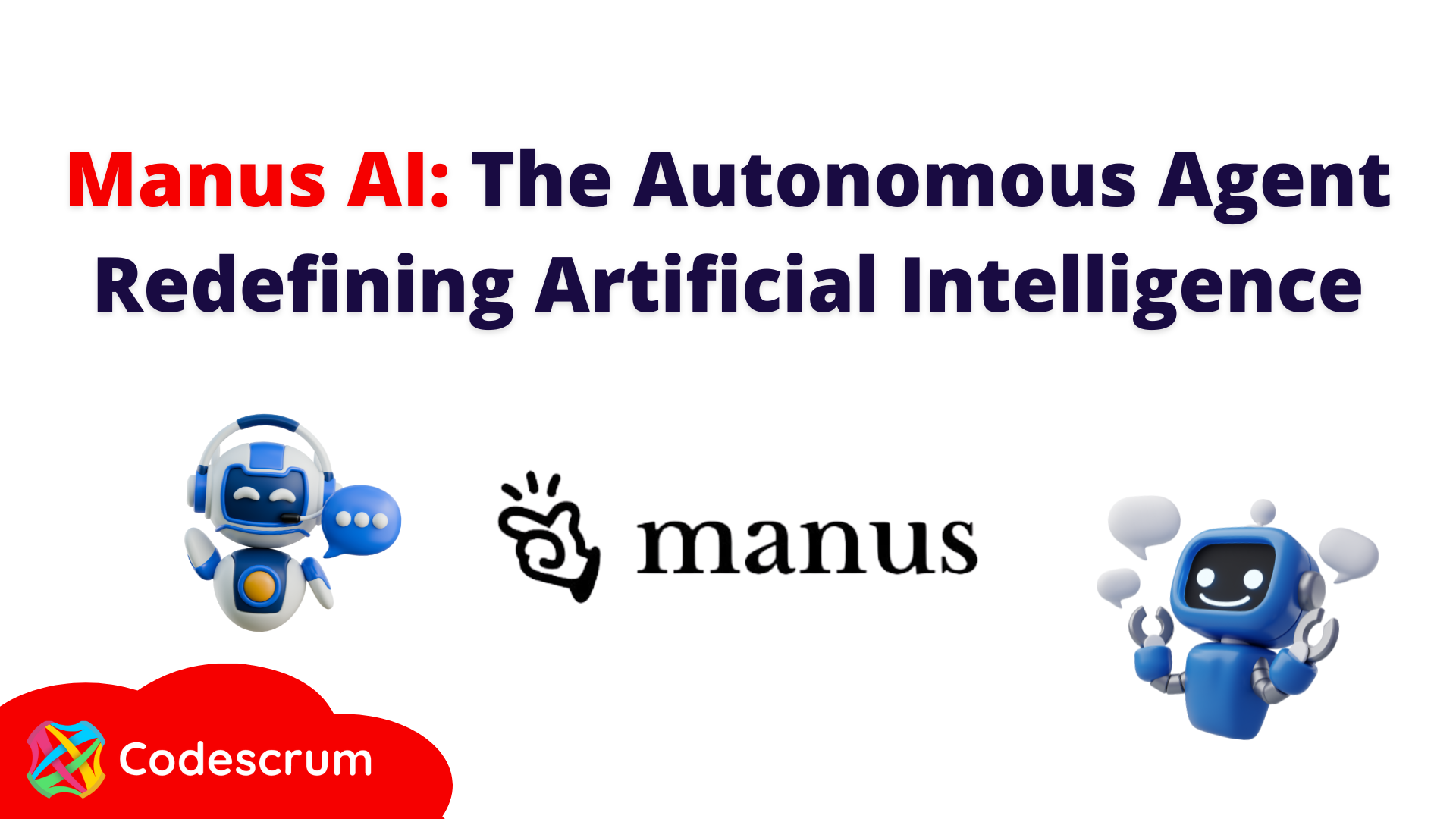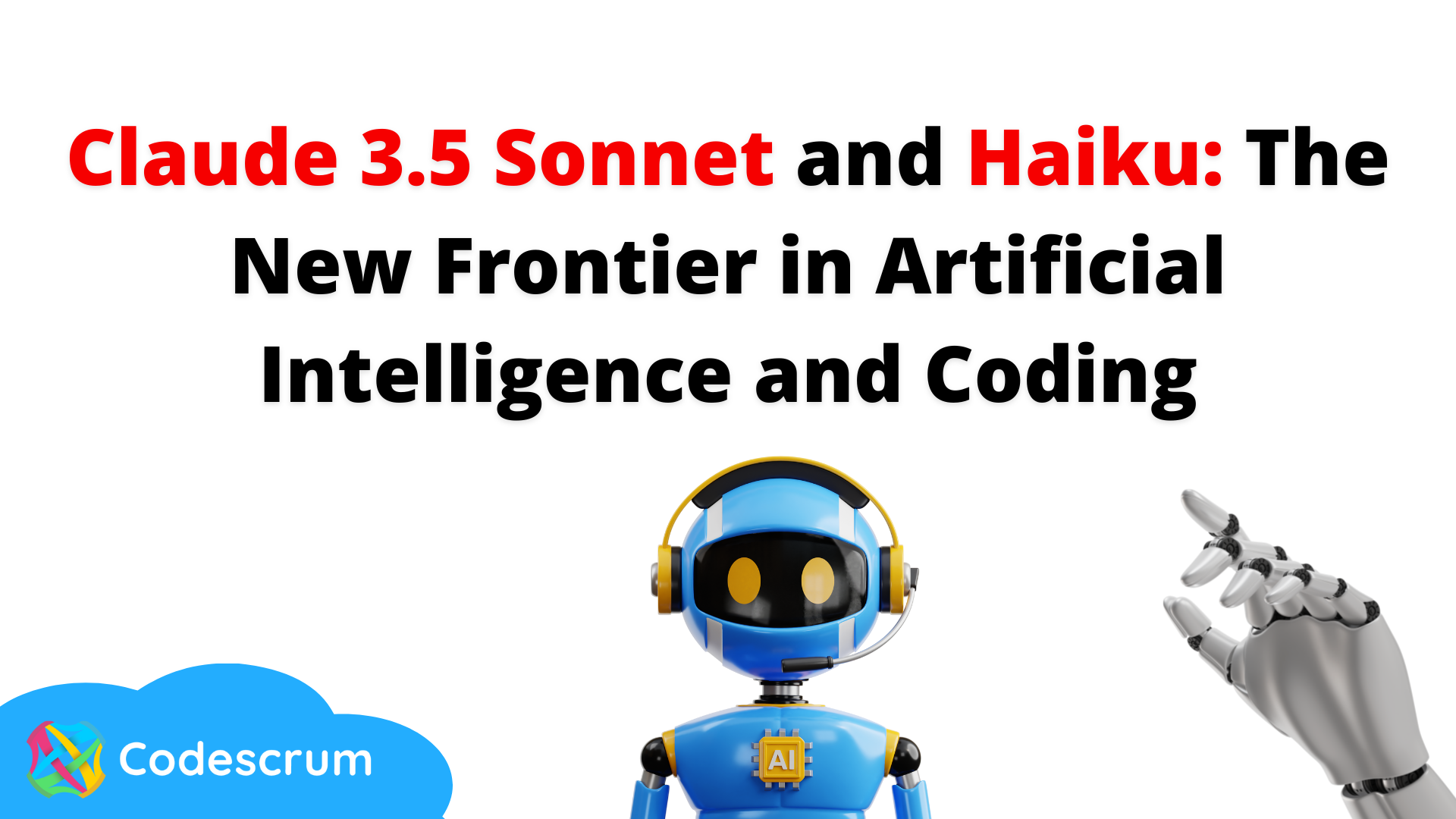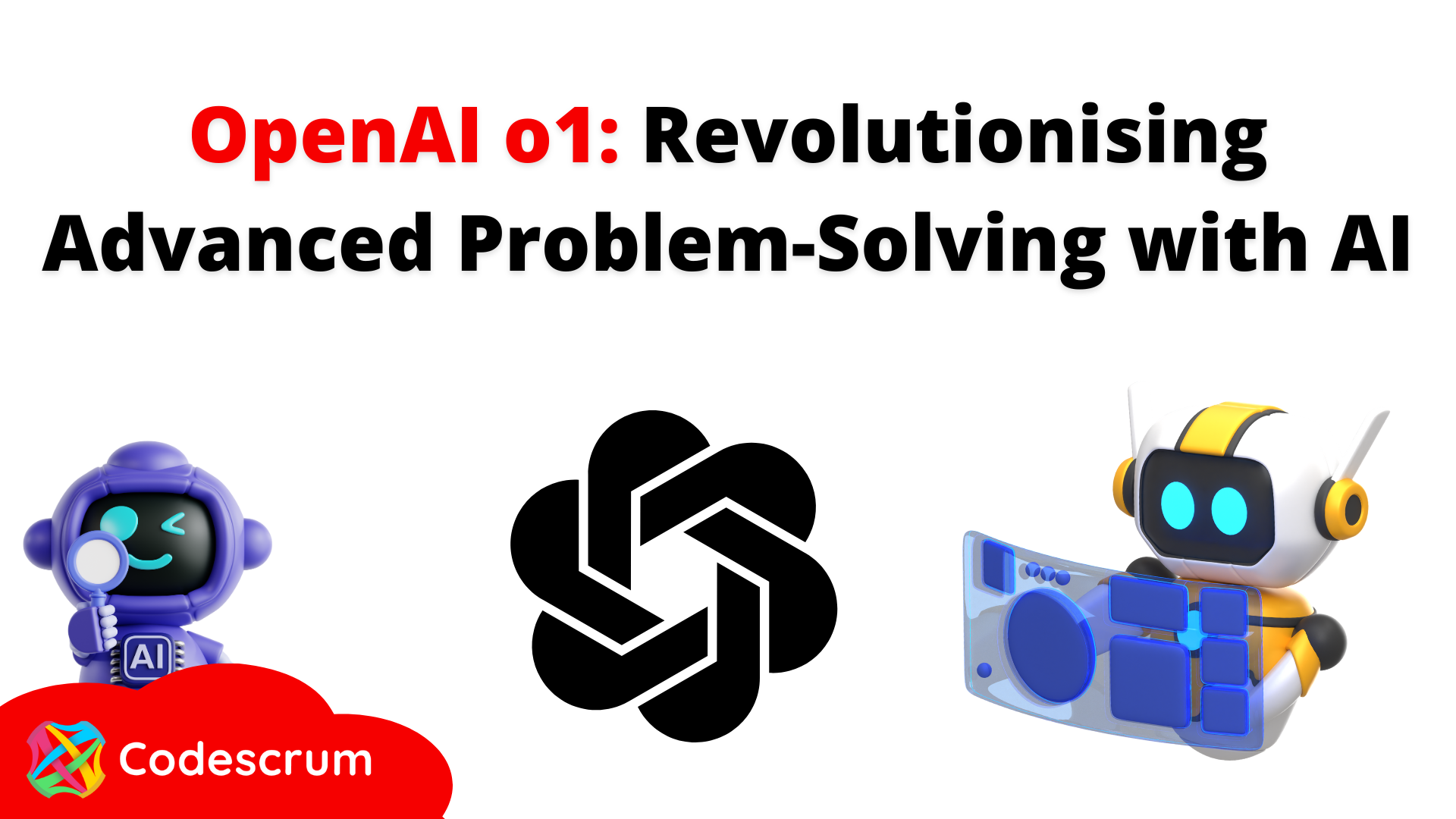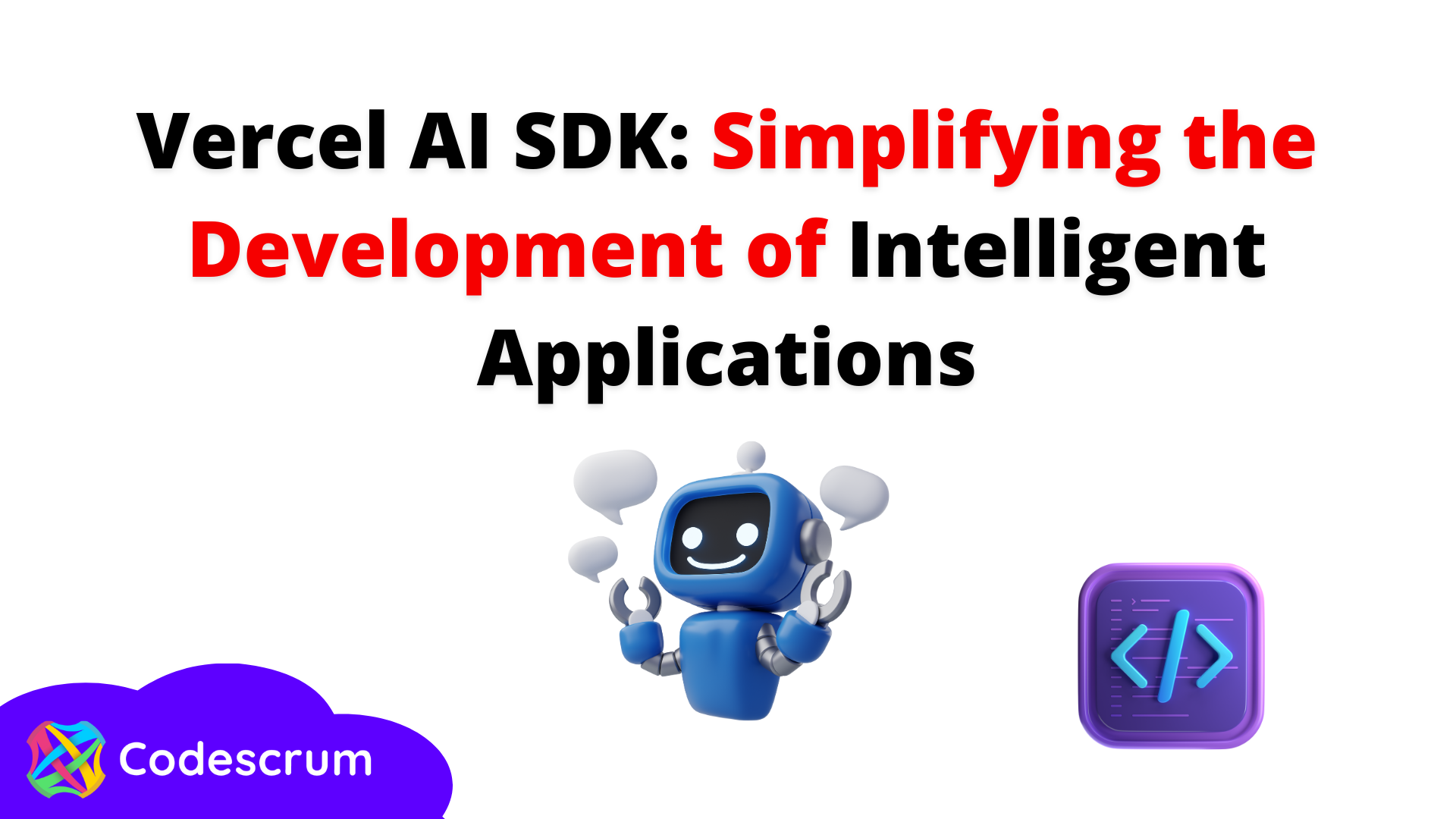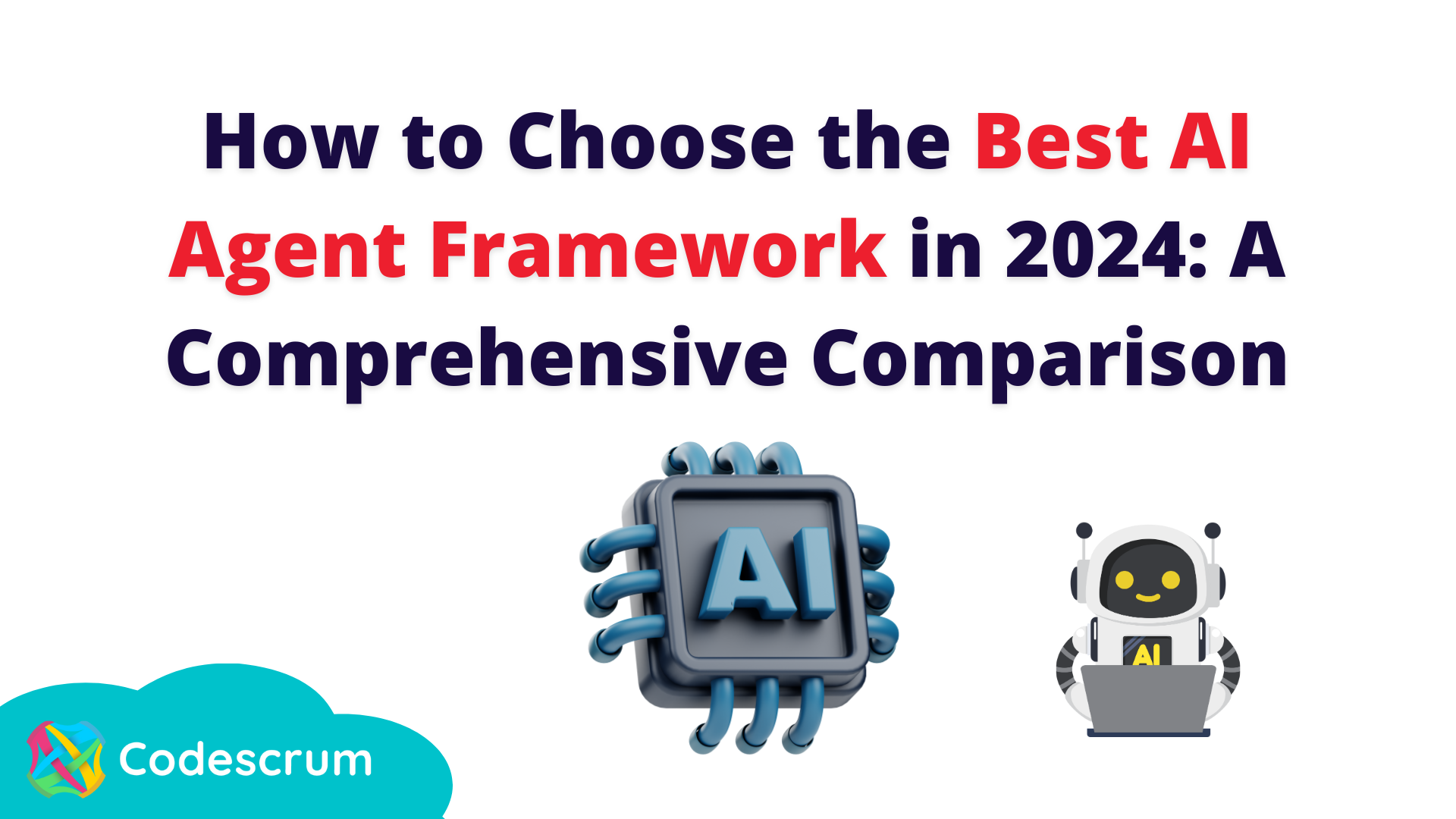Step-by-Step Guide: How to Build an AI Crypto Trading Bot for Maximum Profitability
The cryptocurrency market is evolving unprecedentedly, and traders increasingly turn to AI-powered trading bots to maximise their profits and maintain a competitive edge. Building your own AI crypto trading bot can seem daunting, but with the right strategy, tools, and approach, it becomes achievable for traders at all levels. This step-by-step guide will walk you through creating an AI crypto trading bot tailored for maximum profitability, ensuring you stay ahead in the dynamic world of cryptocurrency trading.
Why Build an AI Crypto Trading Bot?
Before diving into the creation process, it's essential to understand why AI crypto trading bots are gaining so much traction:
- Speed and Precision: Bots can analyse data and execute trades in milliseconds, capitalising on fleeting opportunities.
- Emotion-Free Trading: AI operates based on algorithms and data, eliminating human emotions like fear and greed.
- 24/7 Market Monitoring: Unlike humans, bots can monitor the market continuously, ensuring no profitable trade is missed.
- Scalability: AI bots can handle multiple trading accounts and portfolios simultaneously, providing significant scalability for traders.
- Customisable Strategies: With AI, you can tailor strategies to match your trading goals, risk tolerance, and market conditions.
Now that you know the benefits, let's break down the steps to build your AI-powered crypto trading bot.
Step 1: Choose the Right Programming Language
The foundation of any AI bot is its programming language. Python is the most popular choice for building AI trading bots due to its simplicity, versatility, and extensive library support. Key Python libraries for AI and data analysis include:
- Pandas and NumPy: For data manipulation and analysis.
- TensorFlow and PyTorch: For machine learning model development.
- Scikit-learn: For implementing various AI algorithms.
- Matplotlib: For visualising trading data.
While Python is ideal for most developers, other languages like JavaScript and C++ can also be used for specific applications requiring speed or browser-based functionality.
Step 2: Integrate with a Crypto Exchange AP
I
Your bot must connect to a cryptocurrency exchange to access real-time data and execute trades. Most exchanges like Binance, Kraken, and Coinbase provide APIs (Application Programming Interfaces) for developers.
- Sign Up: Choose a reliable exchange and create an account.
- API Keys: Obtain secure API keys (public and private) from the exchange to allow your bot to interact with the trading platform.
- Understand API Limits: Familiarize yourself with rate limits, data access permissions, and security protocols to avoid disruptions.
At this stage, you’ll program your bot to fetch real-time market data (e.g., price, volume, and order book) and send trade orders securely to the exchange.
Step 3: Collect and Prepare Market Data
AI-powered bots rely heavily on historical and real-time market data to make informed trading decisions. The types of data you’ll need include:
- Historical Price Data: Open, high, low, and close (OHLC) data for analysing trends.
- Order Book Data: To assess liquidity and market depth.
- News Sentiment: Use Natural Language Processing (NLP) to analyse news articles, social media posts, and market sentiment.
Ensure your bot has a robust data pipeline to efficiently collect, clean, and preprocess data. Libraries like Pandas can help with data organisation and preparation.
Step 4: Develop the AI Model
The AI model is the brain behind your trading bot. This step involves building machine learning algorithms to predict market movements and generate actionable trading signals.
Popular AI Techniques for Crypto Trading Bots:
- Time-Series Analysis: Use models like LSTMs (Long Short-Term Memory) to predict future prices based on historical data.
- Sentiment Analysis: NLP tools like BERT can extract sentiment from social media and news, helping bots gauge market sentiment.
- Reinforcement Learning: This allows bots to learn from past trades and adapt strategies based on success or failure.
For beginners, start with simpler models like logistic regression or decision trees, then gradually implement deep learning for more complex predictions.
Step 5: Define a Real-Time Decision-Making Framework
Your bot needs to analyse market data in real time and make decisions instantly. The real-time decision-making framework should include the following:
- Signal Generation: Identify entry and exit points for trades based on AI predictions.
- Order Execution: Use the exchange API to place buy and sell orders.
- Risk Management: Set stop-loss and take-profit levels to minimise potential losses.
To achieve real-time responsiveness, use WebSocket connections to stream live market data directly into your bot, ensuring it always operates with up-to-date information.
Step 6: Test Your AI Trading Bot
Before deploying your bot, it’s crucial to test its performance using historical and live market data.
- Backtesting: Simulate trades using historical data to evaluate the bot's performance. Tools like Backtrader or Zipline can help with this.
- Paper Trading: Test the bot in live market conditions without risking actual capital.
- Performance Metrics: Evaluate key metrics like:
- Win rate
- Average return per trade
- Drawdown
- Sharpe ratio
Refine your AI model and trading strategies based on the test results to ensure optimal performance.
Step 7: Deploy the Bot for Live Trading
Once testing is complete and the bot is performing well, deploy it for live trading:
- Cloud Deployment: Use cloud platforms like AWS, Google Cloud, or Azure for seamless and scalable deployment.
- Security Measures: Implement strong encryption, API key protection, and two-factor authentication to safeguard against cyber threats.
- Monitoring: Set up real-time dashboards using tools like Grafana to monitor the bot's performance and market behaviour.
Continue to track and refine your bot as it trades in live market conditions to optimize profitability.
Key Considerations Before Deploying an AI Crypto Trading Bot
- Market Volatility: Cryptocurrencies are highly volatile. Ensure your bot adapts to sudden price swings and has effective stop-loss mechanisms.
- Regulatory Compliance: Stay updated on crypto trading regulations in your jurisdiction to avoid legal issues.
- Risk Management: Implement robust risk parameters to protect your capital from market downturns.
- Security: Regularly update your bot to address vulnerabilities and prevent unauthorized access.
Conclusion: Start Building Your AI Crypto Trading Bot Today
Building an AI-powered crypto trading bot is no longer reserved for expert developers. With the right tools, programming knowledge, and step-by-step guidance, anyone can create a bot that automates trades, maximizes profitability, and gives a competitive edge in the dynamic crypto market.
While the process requires dedication and continuous refinement, the rewards of having a bot that works tirelessly on your behalf are well worth the effort. Whether you’re a retail trader or an institutional investor, now is the perfect time to leverage AI technology and take your trading strategy to the next level.


